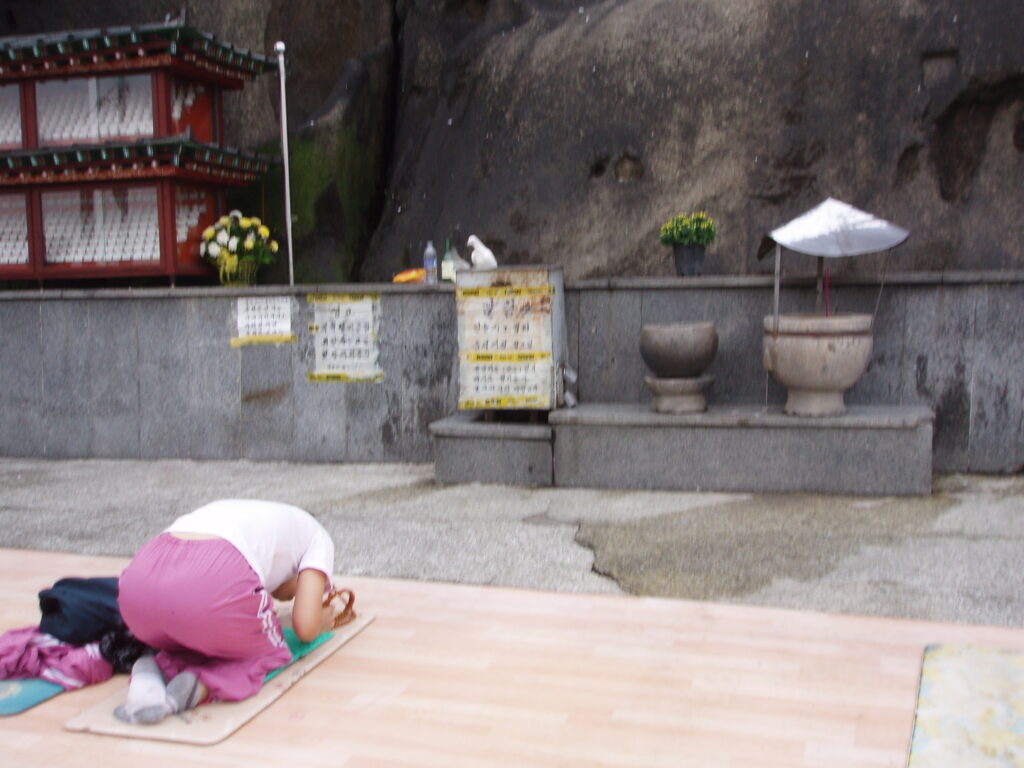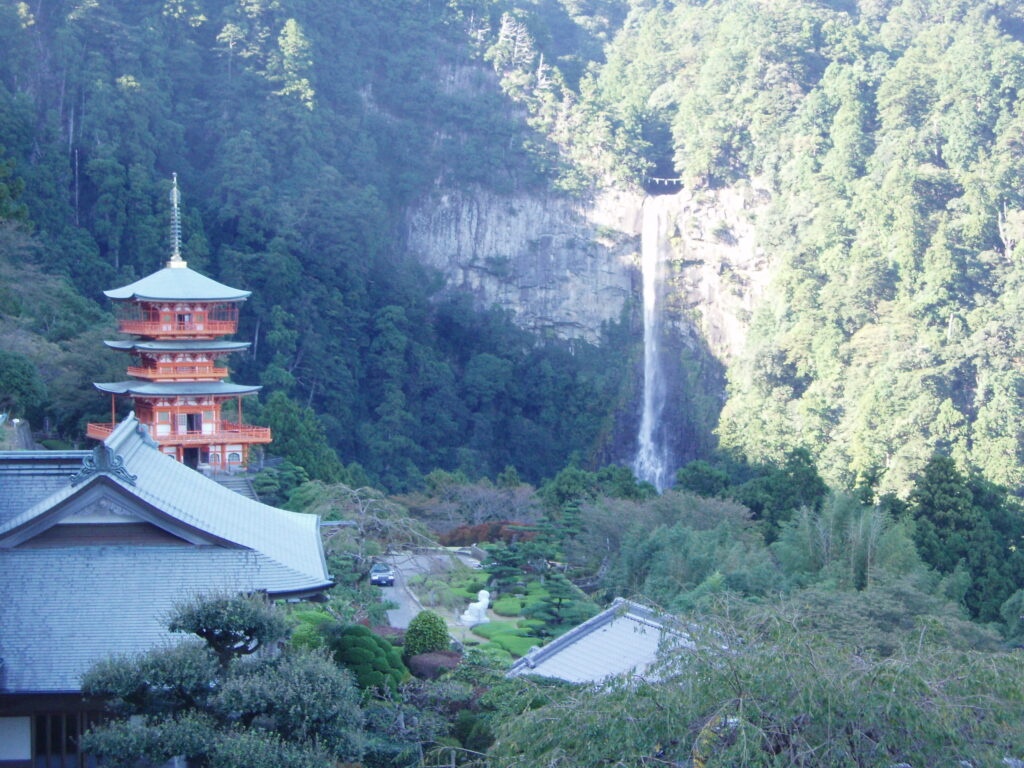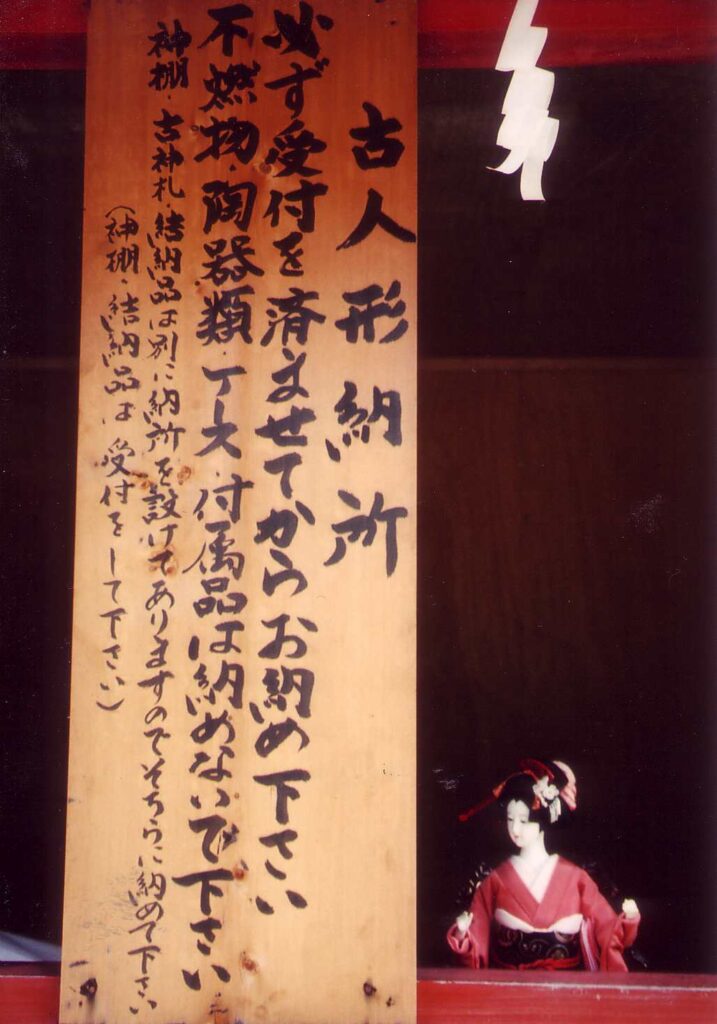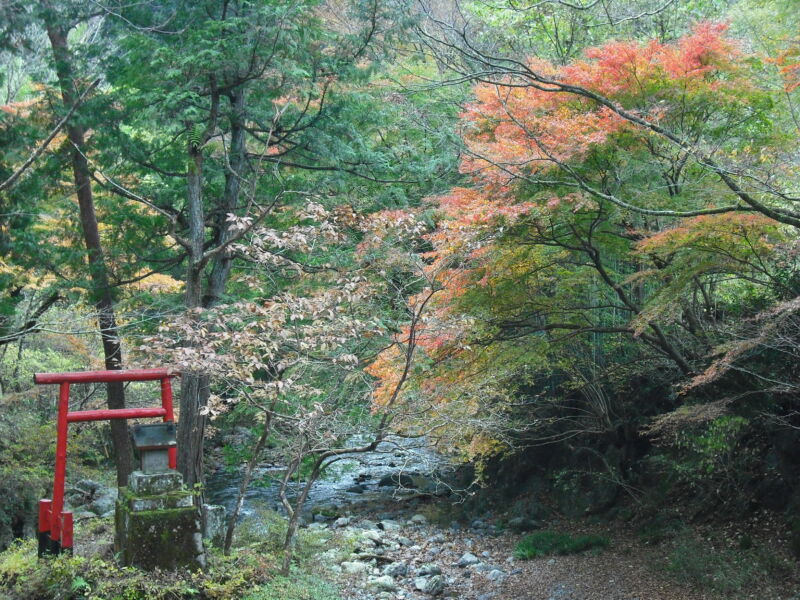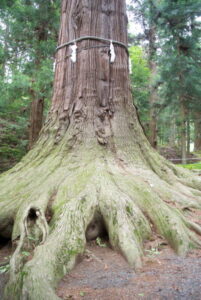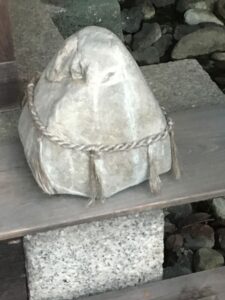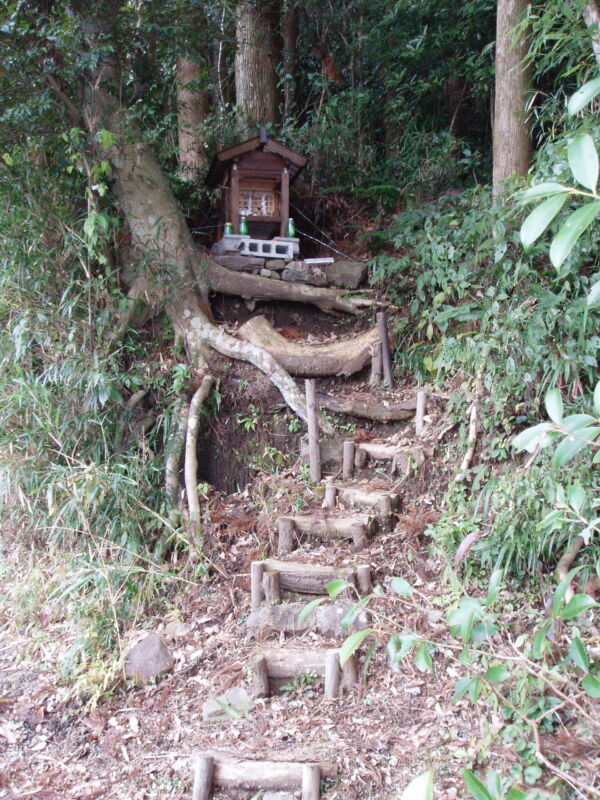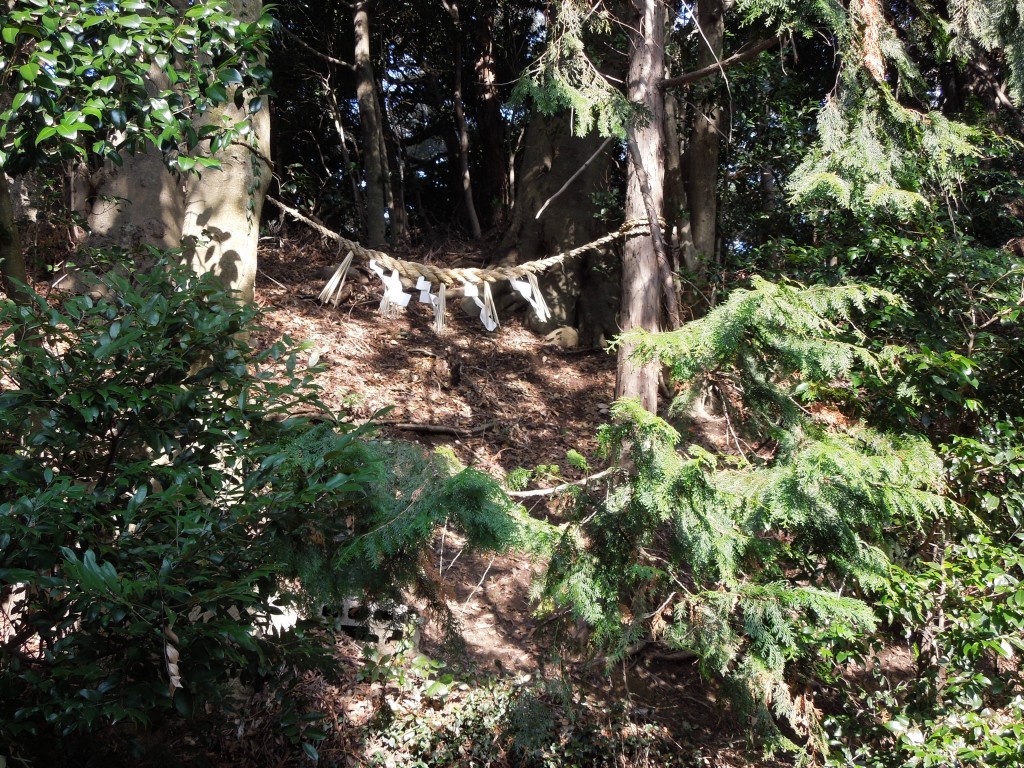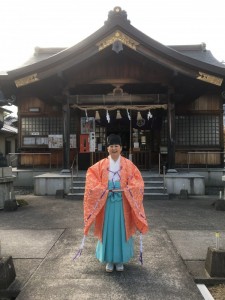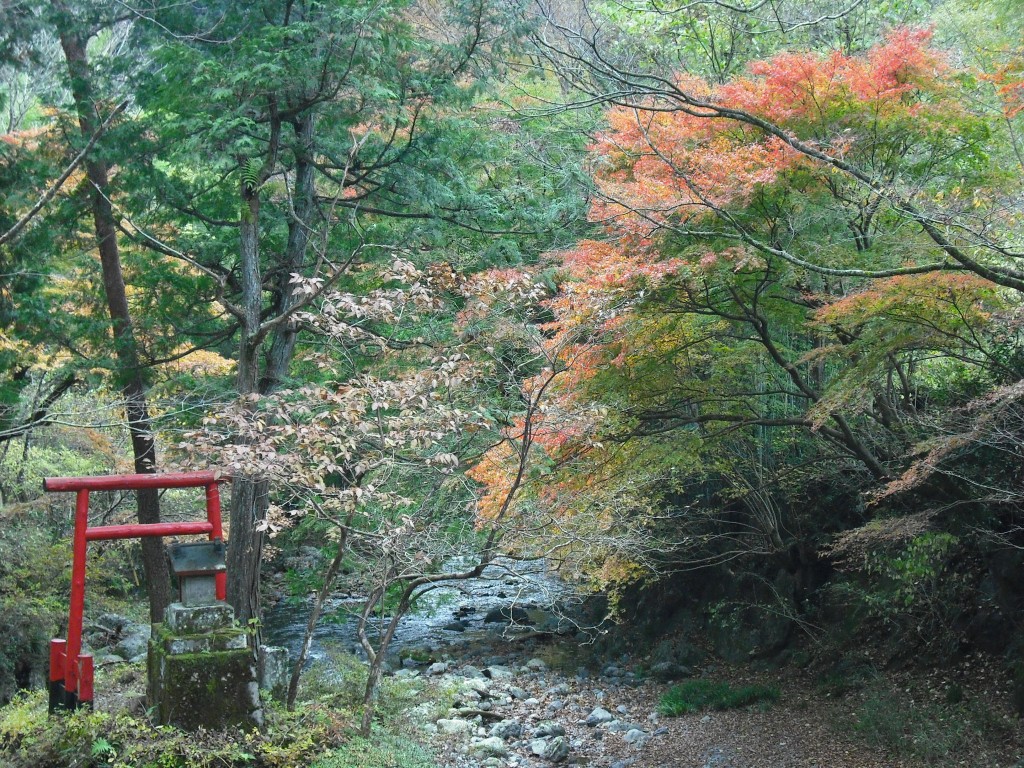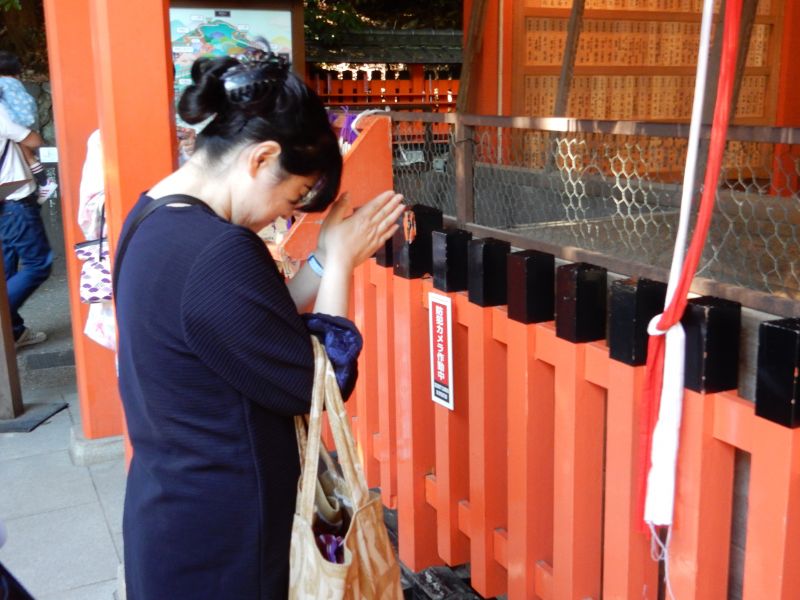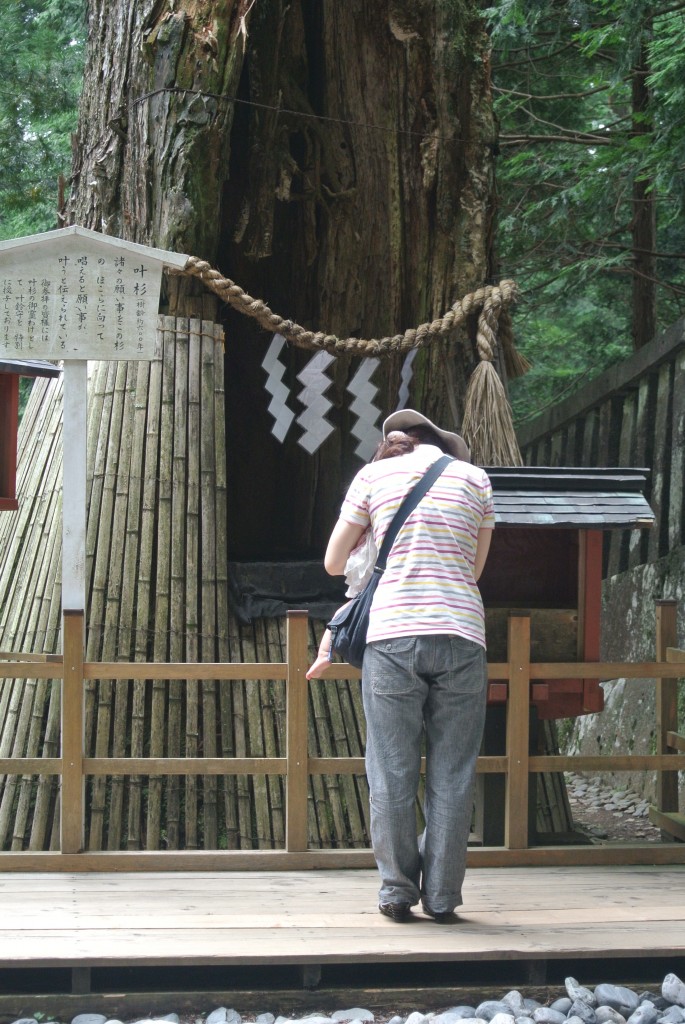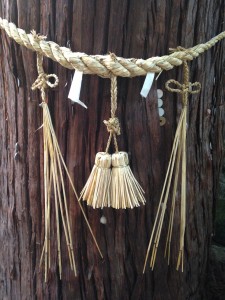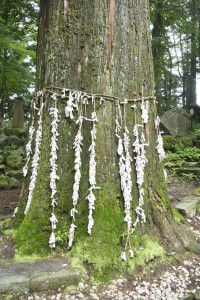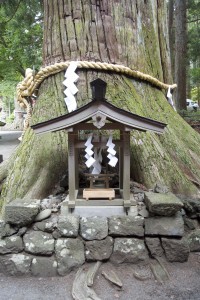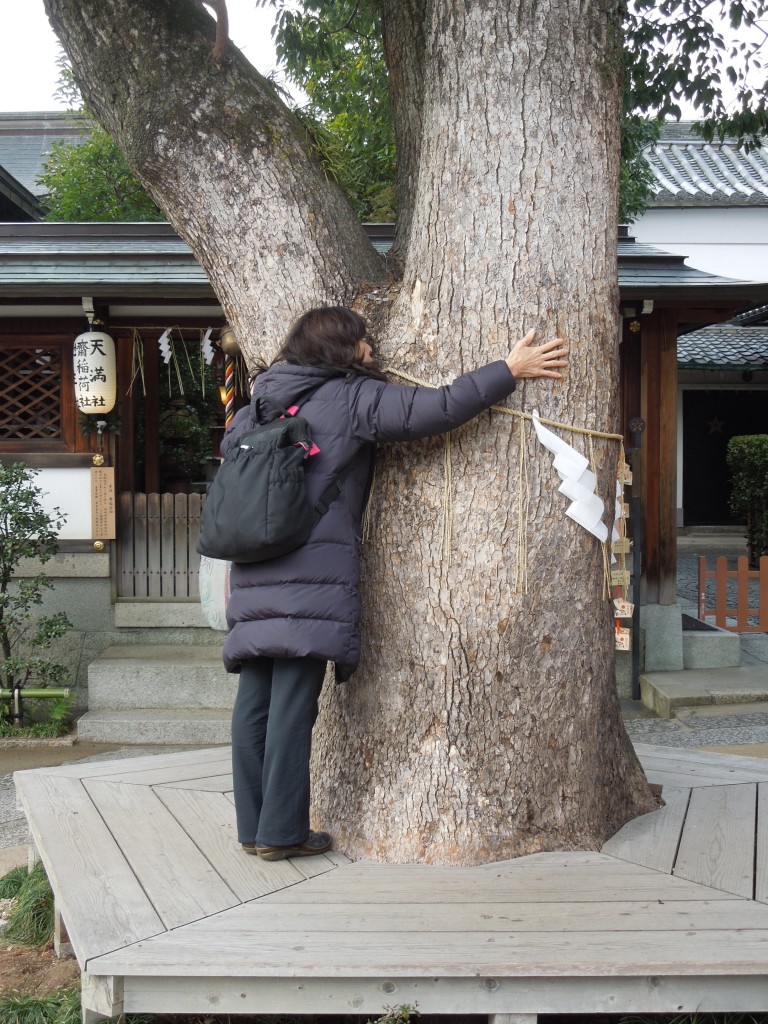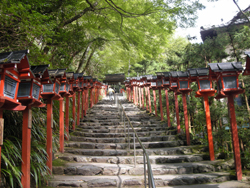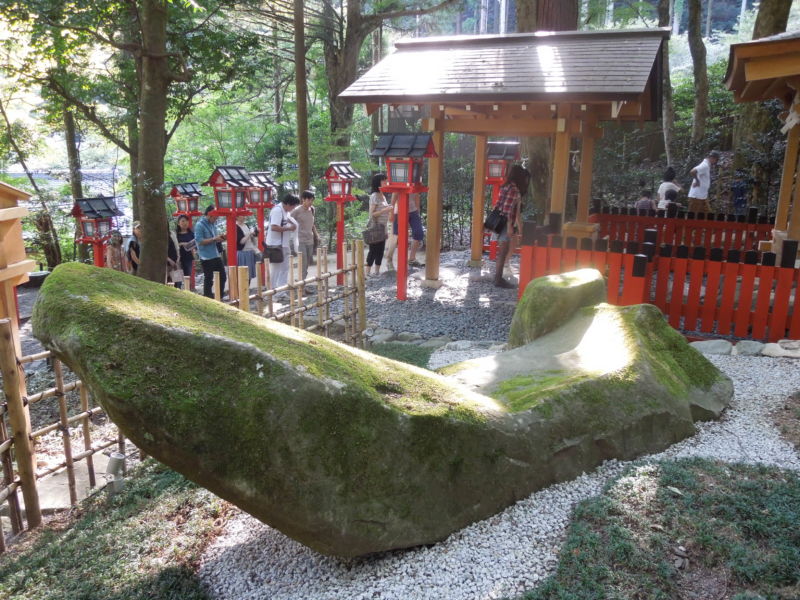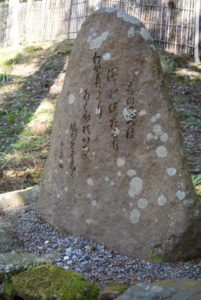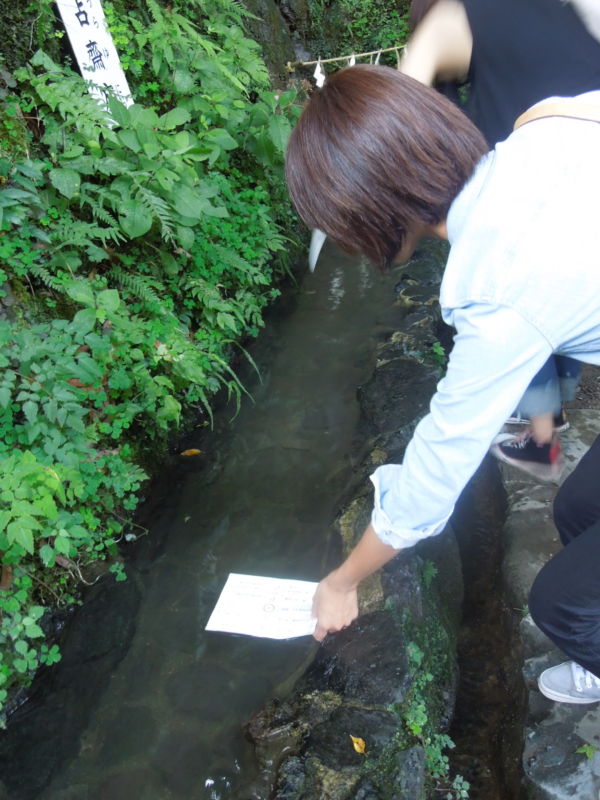Interesting article in the Japan News by a former Japanese diplomat, Kagefumi Ueno. It begins by noting the recent upturn in the number of pet funerals, and widens out to conclude with observations about modernity and tradition in the Japanese mindset.
****************************
Kagefumi Ueno writes: “Even in historically non-Christian Asian countries such as China and Korea, I understand that they seldom offer funeral services for pets, possibly for cultural reasons. In part they tend to notionally distinguish people from animals, which could be described as anthropocentric. In contrast, the Japanese, who are generally much less anthropocentric or more nature-centric, draw such distinctions less sharply.
Indeed, it is not only pets whose souls the Japanese revere. They revere or soothe the souls of many categories of dead animals — ranging from animals sacrificed for medical testing to fish or shrimps or whales that are caught and eaten, to police dogs and so forth.
They do this through religious ceremonies called kuyo — also held for deceased human beings — that are by and large officiated by Shinto or Buddhist clergy. They pay tribute to the animals’ sacrifice. Even today kuyo ceremonies for animals take place almost everywhere in Japan. For example, if you visit the Tsukiji Namiyoke Jinja shrine in Tokyo, you can see stone monuments for the fish, clams, eggs and even kombu seaweed that were once sold at the nearby Tsukiji Market.
Nor is the inclusion of kombu so unusual. The Japanese hold kuyo ceremonies even for inanimate objects — used utensils such as needles and kitchen knives, used medical syringes, used pens and brushes, used factory machinery and so forth — in order to thank these objects for the services they offered for a long time, just before they are disposed of. It is to soothe their spirits or souls.
While I was serving as the Japanese ambassador to Guatemala over 20 years ago, a Guatemalan government minister who was of Mayan origin told me that indigenous Mayan people similarly practice religious ceremonies to thank machinery for its hard work just before it is scrapped. Like them, the Japanese sometimes regard even lifeless things as people by sensing their souls. Moreover, they also sense divinity even in the lowliest insects or smallest plants. Many scholars call this mind-set animistic, pantheistic or polytheistic.
Below the surface of the popularity of pet funerals, one may perceive a very animistic or pantheistic ethos or sentiment at the basic stratum of Japanese culture. It is a trait the Japanese may share with Mayans or some of the indigenous peoples of North America.
This animism or pantheism has significant visible, tangible aspects as well as non-visible, abstract aspects.
First, at a visible, tangible level, the Japanese as nature worshippers adore mountains, springs, lakes, waterfalls, rocks, majestic trees, the observable planets, and so forth, much like the Mayans, Pre-Christian Celts or Australian Indigenous people. These things are deemed to be divine or sacred. That’s why many Shinto shrines are in the vicinity of those sacred things to facilitate the worship of their divinity.
Against this backdrop, many classic works of Japanese literature — notably the Manyoshu , a compilation of classic waka poems of the eighth century, and haiku by 17th-century poet Matsuo Basho — are not seldom manifestations of such animistic or pantheistic sentiment.
Second, at a more abstract or spiritual level, the Japanese tend to identify themselves with Mother Nature or the Universe and have a sense of unity with Nature or a sense of belonging to it. They believe that they can reach the ultimate spiritual stage only when or after they become absorbed by or melted into Nature by discarding their self or ego. A Mayan or a pre-Christian Celt might share a similar cosmovision.
It should now be clear that at the basis of today’s Japanese civilization lie two distinctive elements, namely the animistic ethos on one hand and modernism and rational thinking on the other. Hence, contemporary Japanese civilization could be interpreted as a hybrid of two very distinctive and sometimes contradictory things, namely, pre-modernity and modernity. Whereas their pre-modern half urges people to revere souls of waterfalls, trees or mountains in an animistic manner, their rational half urges them to take a scientific approach, setting aside animistic mentality. It is a kind of dualism or hybridity. The two halves sometimes clash. However, more often they coexist without conspicuous conflicts.
It may be a source of wonder or amazement that the 150-year process of modernization and industrialization of Japan did not substantially extinguish the people’s animistic mentality. Thus, even today, Japanese high technology is taken care of by those who abound in animistic ethos. Don’t take it as a contradiction.”

